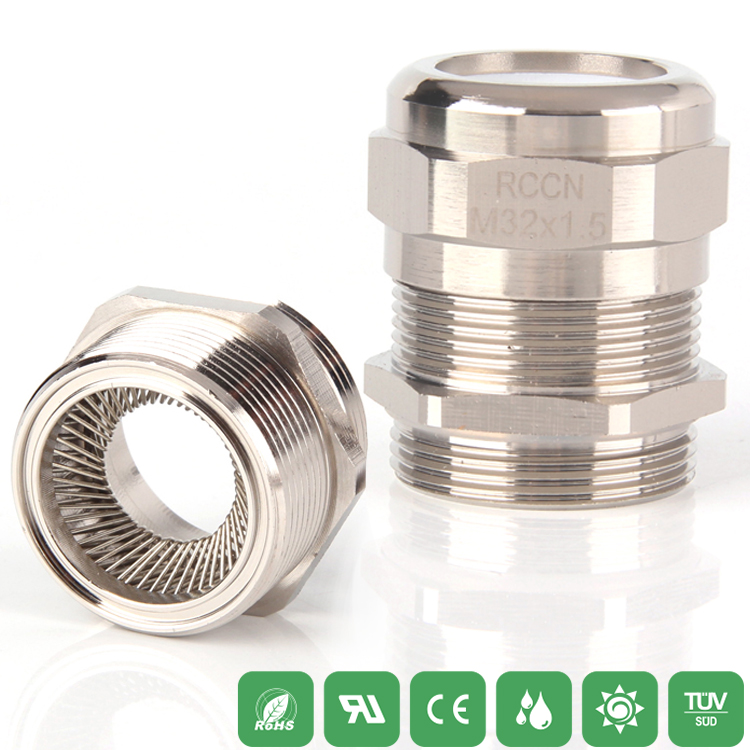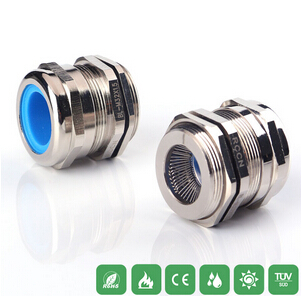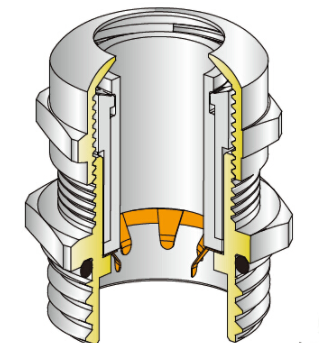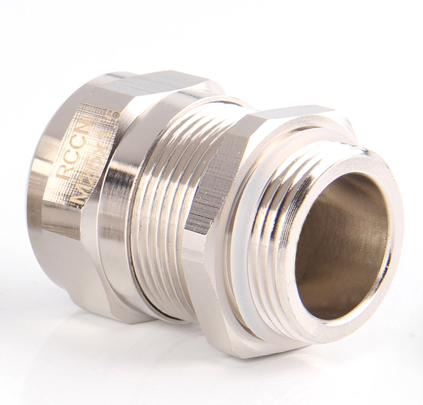Today, I mainly introduce the processing technology of several common metal joints, mainly in the following three types:
1. Metal cutting. The metal cutting of the hose joint is mainly for turning, using a conventional metal cutting machine. A large number of standard pipe joints are also processed in automatic CNC lathes and multi-axis automatic machine tools.
Depending on the type of profile and pipe joint, some auxiliary cutting operations are required, such as the common hexahedral angle, planing and milling machine, flattened hex wrench; wrench; sealing surface, some pipe joint grinding machine; pipe fittings are processed to the required precision And shape the clip wire ring lock type bed to knock the lock nut and so on.
2. No cutting. In order to improve the utilization rate of metal materials, raw materials are saved and production efficiency is improved. Metal cutting should be minimized during hose joints. Where conditions permit, the grooves outside the core may be formed by roll forming. The external thread can be pushed out by a roller press, and the internal thread can be formed by a tapping machine. When using air conditioning hoses or some medium and low pressure oil pipe joints, the metal pipe should be used as much as possible, and the end of the molding machine or mold should be used to form the sealed end. The coating is made of low carbon steel sheet. Some core joint types, such as the radial dimension of the gap, the core that is too long or need to be bent into a corner of the curved die, can be used in the process of welding the part.
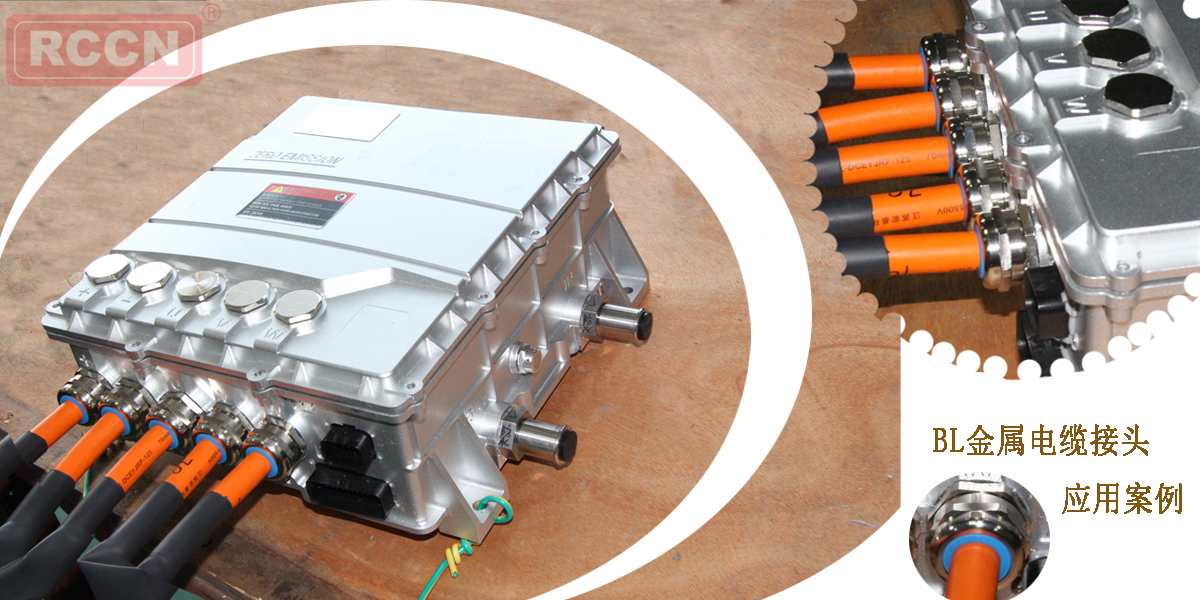
No-cutting pipe joints, the most widely used are hot forging and cold extrusion processes. Suitable for the production of hot forging and cold extrusion processes. The utility model is suitable for large-scale production of standard pipe joints, can greatly improve the utilization rate of metal materials, and improve mechanical strength, production efficiency and production cost of materials. Generally, a forging press of a certain tonnage is used, and the cut profile is pressed into a basic shape by hot forging or cold pressing, and a pipe joint of the required precision and shape can be obtained by a small amount of metal cutting. Especially suitable for the processing of nuts and jackets in pipe joints.
3. Heat treatment. Hose fittings generally do not require heat treatment, as long as a suitable metal material is selected. However, individual pipe joints or specially required pipe joints sometimes require quenching, annealing or chemical heat treatment of the steel before and after metal processing to improve the quality and improve the service life and safety of the pipe joint parts.
















 RCCN WeChat QrCode
RCCN WeChat QrCode Mobile WebSite
Mobile WebSite